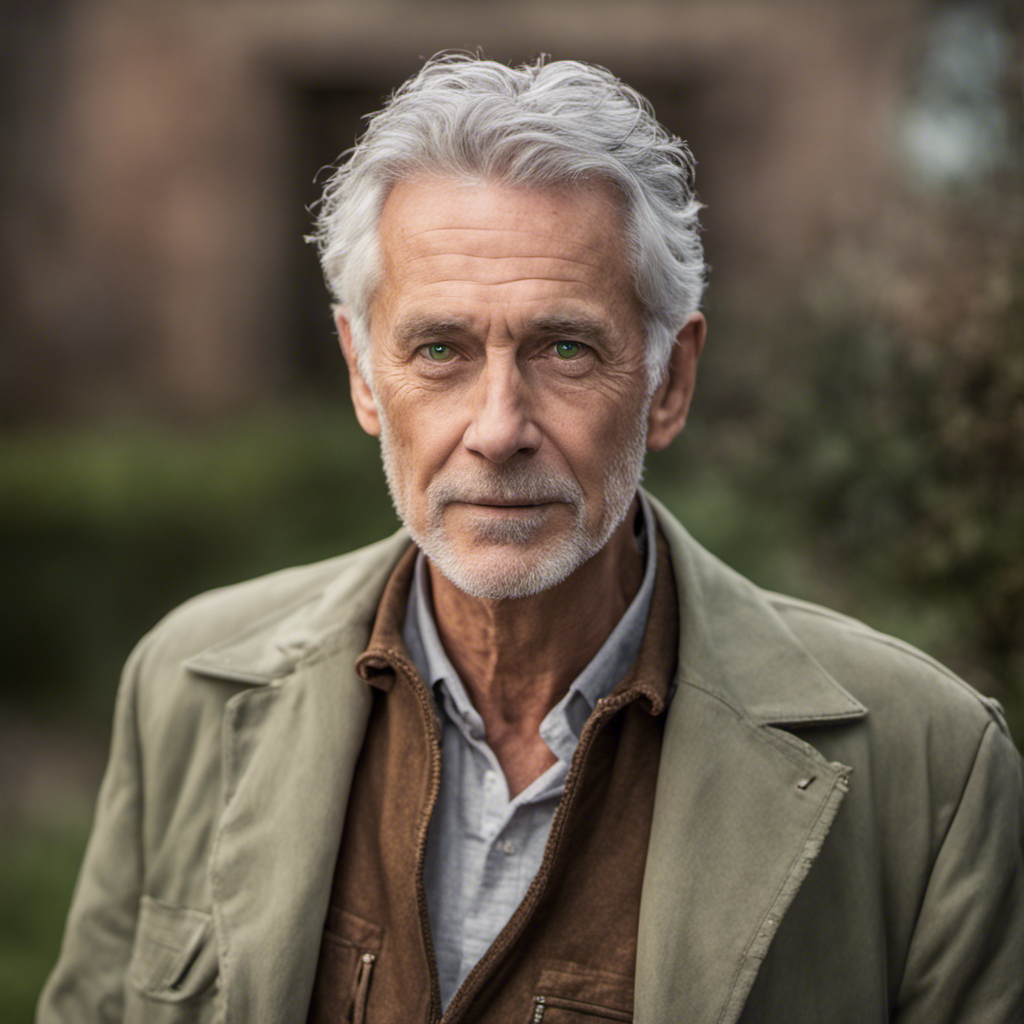Memorials: Commemorating the Past, Honoring the Present, and Shaping the Future
Memorials hold a special place in our hearts as they serve as tangible reminders of significant events, individuals, or ideas that have shaped our world. These sacred spaces, often comprised of statues, plaques, or monuments, provide a physical connection to history, evoking a sense of reflection, empathy, and remembrance. In this article, we will delve into the significance of memorials, exploring their role in preserving collective memory, fostering unity, and inspiring future generations.
Preserving Collective Memory: A Bridge Across Time and Space
Memorials act as bridges across time, enabling us to connect with the past and understand the struggles, triumphs, and losses that have shaped our present reality. Whether they commemorate historical events like wars, revolutions, or civil rights movements, or honor the lives of remarkable individuals who have left an indelible mark on society, memorials serve as living testaments to the human spirit.
Reflecting on my own experiences, I vividly recall visiting the Vietnam Veterans Memorial in Washington, D.C. The polished black granite wall, etched with the names of over 58,000 fallen soldiers, left a profound impact on me. As I traced my fingers over the engraved names, I was overwhelmed by a mix of emotions — gratitude, sadness, and a deep sense of respect for those who made the ultimate sacrifice. The memorial provided a tangible connection to the past, allowing me to honor and remember those who fought for their country.
Fostering Unity: A Place of Healing and Reflection
Memorials also serve as gathering places where communities can come together to remember, heal, and find solace in shared experiences. They offer a space for collective mourning, celebration, and reflection, transcending individual differences and fostering a sense of unity.
One striking example of this is the 9/11 Memorial and Museum in New York City. As I walked through the somber grounds, surrounded by the cascading waterfalls that mark the footprints of the Twin Towers, I witnessed people from all walks of life — survivors, family members, and strangers alike — coming together to pay their respects. In that moment, the memorial became a symbol of resilience, reminding us of our common humanity and the strength we find in unity.
Inspiring Future Generations: Lessons for Tomorrow
Memorials not only commemorate the past and foster unity but also serve as catalysts for change and inspiration for future generations. By preserving the memory of historical events and individuals who have shaped our world, memorials ignite a collective desire to build a better future.
One such example is the Martin Luther King Jr. Memorial in Washington, D.C. Standing tall and proud, the statue of Dr. King serves as a powerful reminder of his tireless advocacy for civil rights and equality. As I stood before the memorial, I couldn’t help but reflect on the progress that has been made, as well as the work that still lies ahead. The memorial’s inscription, “Out of a mountain of despair, a stone of hope,” resonated deeply, reminding me of the potential within each of us to create positive change.
Summary:
In summary, memorials play a crucial role in preserving collective memory, fostering unity, and inspiring future generations. They act as bridges across time, connecting us to the past and allowing us to understand the events and individuals that have shaped our present. Memorials also provide spaces for healing and reflection, bringing communities together and reminding us of our shared humanity. Furthermore, these sacred sites serve as beacons of hope, inspiring future generations to strive for a better world. Whether through the somber walls of the Vietnam Veterans Memorial, the cascading waterfalls of the 9/11 Memorial, or the powerful presence of the Martin Luther King Jr. Memorial, memorials continue to leave an indelible mark on our collective consciousness, reminding us of the importance of remembrance, unity, and the power of human resilience. Let us cherish these tangible reminders of our history and use them as stepping stones towards a brighter future.













